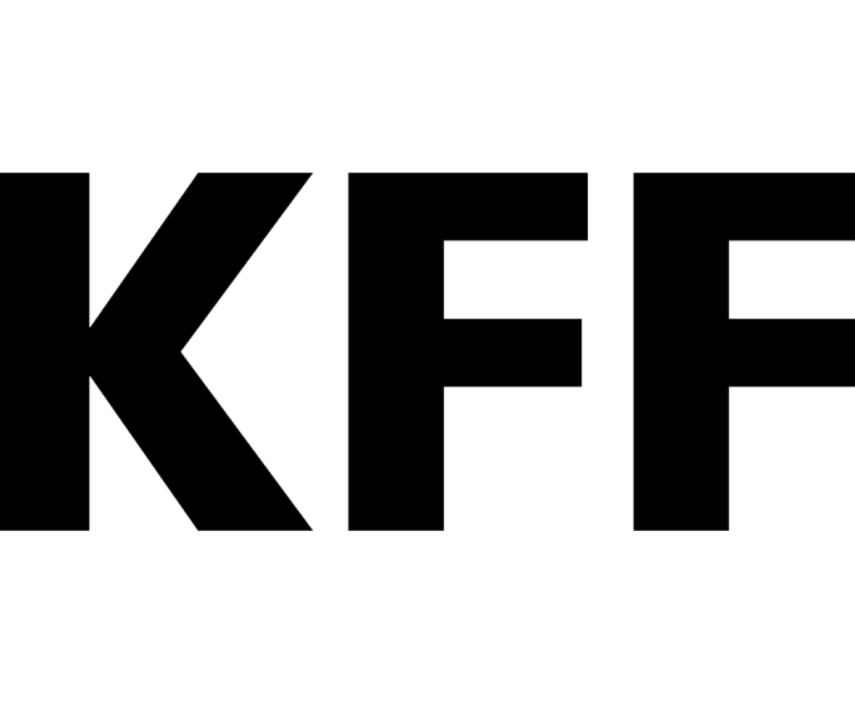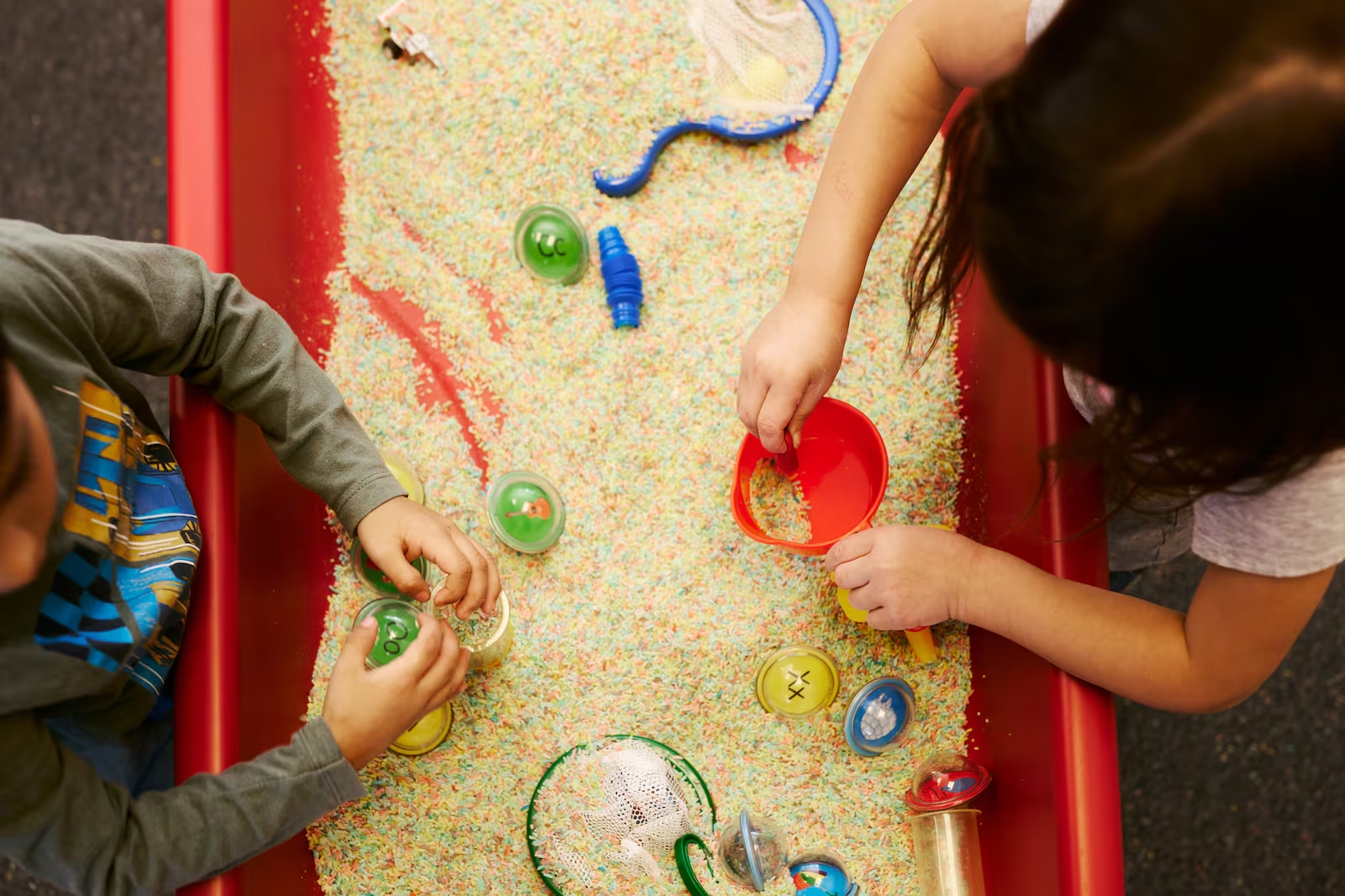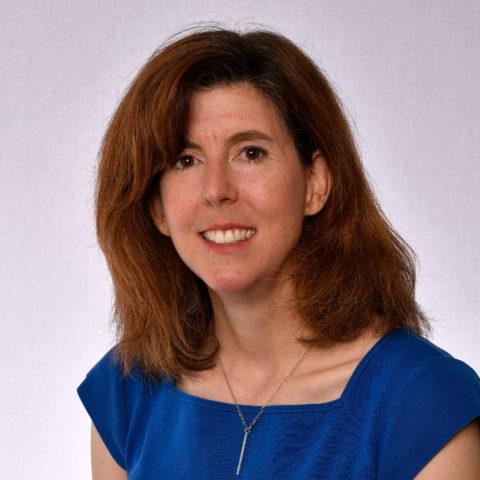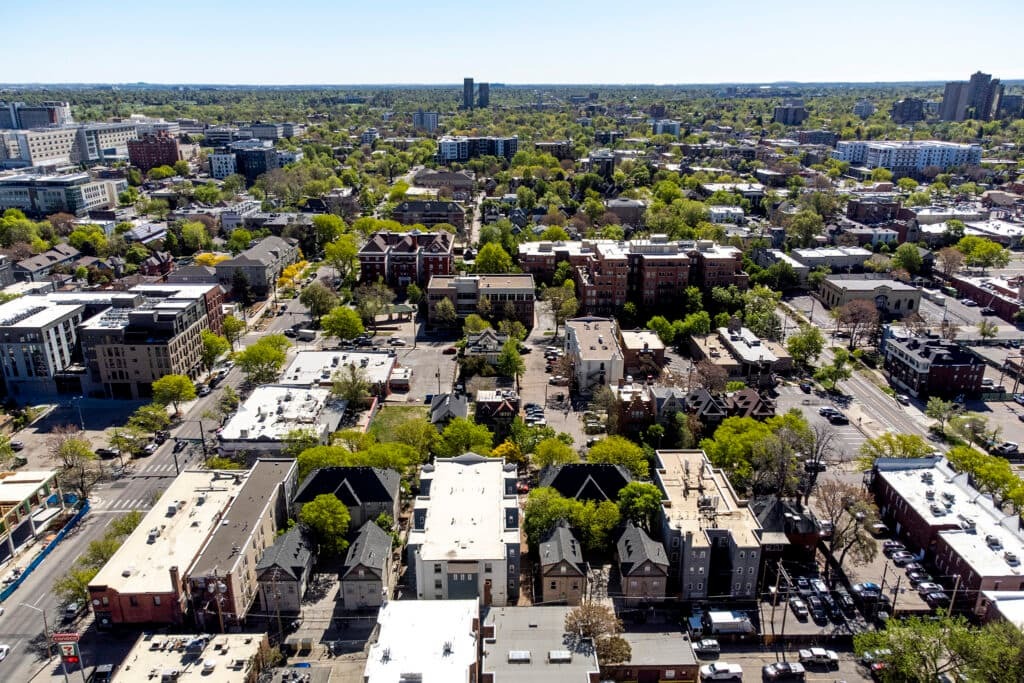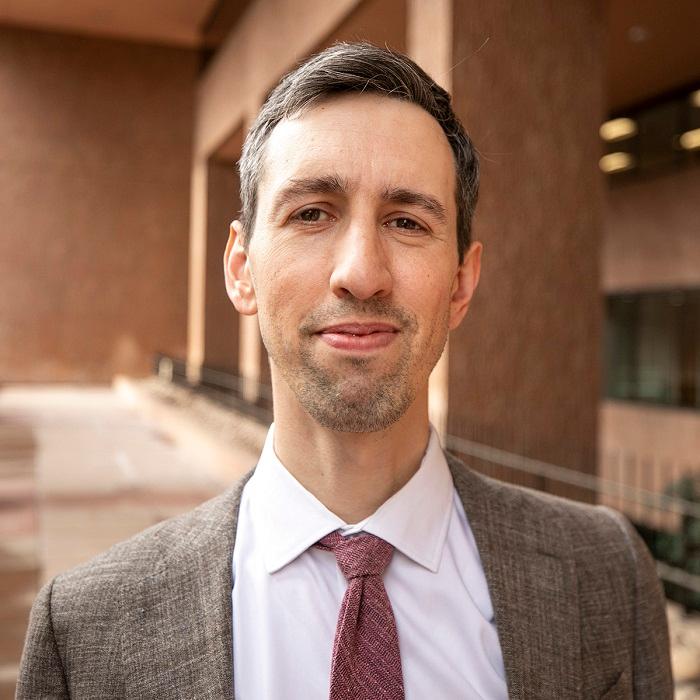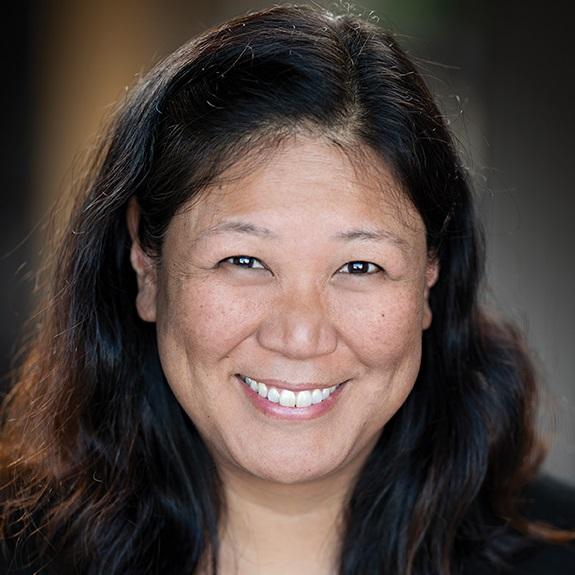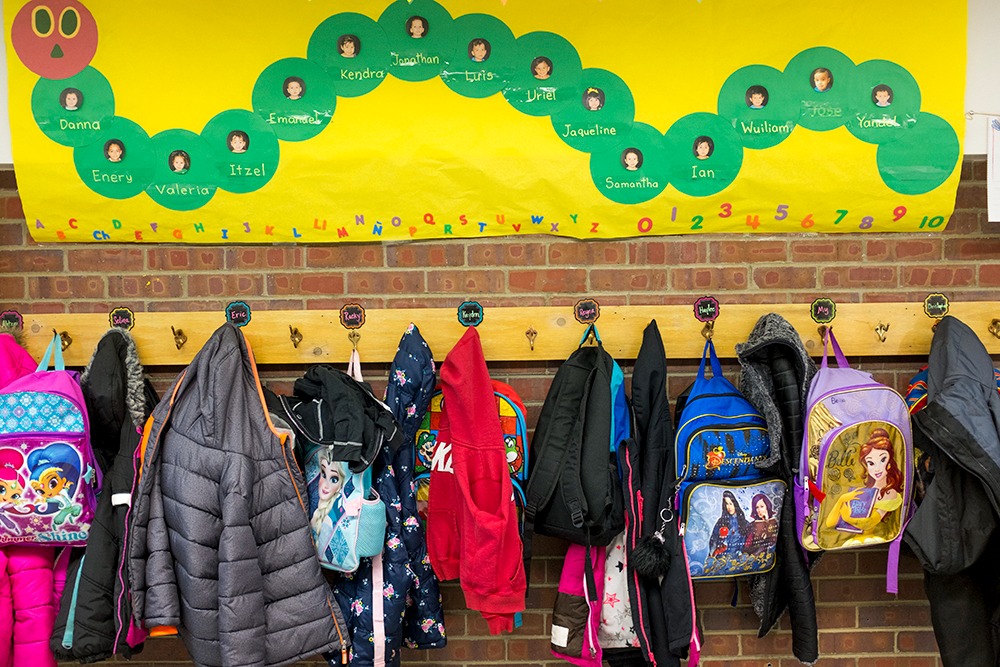
The number of students in public school in Colorado declined slightly this school year – to its lowest mark in a decade, according to official enrollment data released Wednesday by the Colorado Department of Education.
The new data also show the student body is becoming increasingly diverse, while the number of multilingual learners increased significantly. There were also increases in the number of students who are homeschooling and the number of gifted and talented students.
There were 399 fewer students compared to 2023. It’s the lowest count since 2013. The data show a slight decline in pre-kindergarten and early high school for a total of 881,065 students, a decrease of 0.1 percent compared to October 2023.
The decline mirrors national declines. Colorado’s enrollment numbers have steadily decreased over the last five years, with the exception of a bump in enrollment of 3,000 students after the pandemic in 2021. Before the pandemic, Colorado had 30 years of steady increases in the student population.
Colorado’s declining birth rate is accelerating the enrollment drop.
“We know that parents have many options for their child’s education, and public schools in Colorado and across the country are working hard to improve student engagement and strengthen relationships with students, families and communities,” said Colorado Education Commissioner Susana Córdova.
She said the lack of affordable housing also plays a role in young people delaying starting families.
“Our school districts across the state are grappling with the implications of housing on their young workforce,” she said.
Most grade levels saw increases in enrollment. There were more than 2,000 more students in 11th and 12th grades, 3,000 more third-graders and about 1,400 more in fifth and sixth grades compared to 2023. But there were 3,204 fewer students in pre-kindergarten through second grades than the prior year, and 2,500 fewer in the early grades of high school.
Enrollment count is important because the information determines how much state funding schools get. How the state counts students will be one of just several fights expected at the state Capitol this session. Gov. Jared Polis has proposed shifting from funding schools based on a four-year enrollment average to a single year. In his State of the State speech, he called it an “antiquated system that funds empty chairs rather than actual students.”
School districts have relied on the four-year average to cushion the blow in years of declining enrollment. District leaders have criticized the change, claiming it could short them millions of dollars. State lawmakers have said they’d like to craft a compromise.
Córdova said a change will pose a challenge for districts.
"I think our state has faced a real complexity in how to balance the budget while still continuing to invest in the programs that we think are most important," she said.
Schools growing more diverse
Colorado’s students are increasingly diverse. White students saw the largest drop in numbers overall, dropping 11,300 or 2.5 percent. Hispanic students saw the largest increase, with 8,722 more students than the prior year. The increase mirrors the state’s larger demographic trend, which shows a steady increase in the Hispanic population over the past two decades.
Hispanic numbers increased 2.8 percent, while Black students increased 1.3 percent and multiracial students increased 2.7 percent.
Additional highlights from the October count include:
- Students whose first language isn’t English (multilingual learners) increased by 10 percent to 105,362. They now make up 12 percent of the student body.
- Students who report being homeschooled increased 4.5 percent to 9,826
- Students registered in online programs and schools increased 5.6 percent to 33,629
- Students identified as gifted and talented increased by 6.2 percent to 71,924
- The number of students identified as special education students went up 3.2 percent, making up 13.3 percent of the total student body.
- While the number of students eligible for free and reduced-price lunch went down, the number of homeless students went up.


